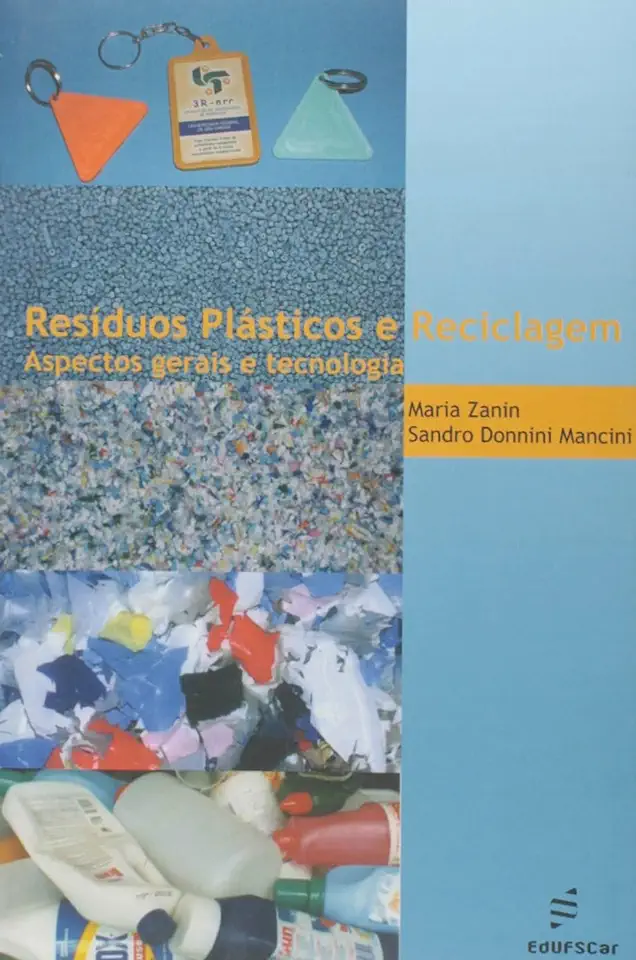
Plastic Waste and Recycling - General Aspects and Technology - Maria Zanin
Plastic Waste and Recycling: A Comprehensive Guide
Introduction
Plastic waste has become a major environmental concern, with millions of tons of plastic ending up in landfills and oceans each year. This waste can take hundreds of years to decompose, and it can have a devastating impact on wildlife and ecosystems.
Recycling plastic is an important way to reduce the amount of plastic waste that ends up in the environment. However, the recycling process can be complex and challenging, and there are a number of factors that can affect the success of a recycling program.
Types of Plastic Waste
There are many different types of plastic waste, each with its own unique properties and recycling challenges. Some of the most common types of plastic waste include:
- Polyethylene terephthalate (PET): PET is a clear, lightweight plastic that is used in a variety of applications, including food and beverage containers, clothing, and carpets. PET is one of the most widely recycled plastics, and it can be used to make a variety of new products, including clothing, furniture, and building materials.
- High-density polyethylene (HDPE): HDPE is a strong, durable plastic that is used in a variety of applications, including milk jugs, detergent bottles, and toys. HDPE is also widely recycled, and it can be used to make a variety of new products, including plastic lumber, pipes, and pallets.
- Polyvinyl chloride (PVC): PVC is a versatile plastic that is used in a variety of applications, including pipes, siding, and flooring. PVC is not as widely recycled as PET and HDPE, but it can be used to make a variety of new products, including traffic cones, park benches, and flower pots.
- Low-density polyethylene (LDPE): LDPE is a flexible, lightweight plastic that is used in a variety of applications, including plastic bags, food wrap, and toys. LDPE is not as widely recycled as PET and HDPE, but it can be used to make a variety of new products, including plastic film, mulch, and compost bags.
- Polypropylene (PP): PP is a strong, lightweight plastic that is used in a variety of applications, including food containers, straws, and toys. PP is not as widely recycled as PET and HDPE, but it can be used to make a variety of new products, including plastic lumber, pipes, and pallets.
Challenges of Plastic Recycling
There are a number of challenges associated with plastic recycling, including:
- Contamination: Plastic waste can be contaminated with a variety of materials, including food residue, dirt, and grease. This contamination can make it difficult to recycle plastic, and it can also reduce the quality of the recycled plastic.
- Sorting: Plastic waste must be sorted by type before it can be recycled. This can be a time-consuming and labor-intensive process, and it can also be difficult to identify different types of plastic.
- Recycling technology: The recycling process for plastic can be complex and expensive. This can make it difficult for recycling facilities to operate profitably, and it can also limit the amount of plastic that can be recycled.
Benefits of Plastic Recycling
Despite the challenges, there are a number of benefits to plastic recycling, including:
- Reduced environmental impact: Plastic recycling can help to reduce the amount of plastic waste that ends up in landfills and oceans. This can help to protect wildlife and ecosystems, and it can also reduce the amount of greenhouse gases that are released into the atmosphere.
- Conservation of natural resources: Plastic recycling can help to conserve natural resources, such as oil and gas. This can help to reduce our dependence on fossil fuels, and it can also help to protect the environment.
- Economic benefits: Plastic recycling can create jobs and boost the economy. Recycling facilities can provide employment opportunities for people in a variety of fields, and they can also help to reduce the cost of waste disposal.
Conclusion
Plastic waste is a major environmental problem, but it is one that can be solved. By recycling plastic, we can help to reduce the amount of plastic waste that ends up in the environment, conserve natural resources, and create jobs.
Call to Action
If you are interested in learning more about plastic waste and recycling, there are a number of resources available online. You can also contact your local recycling center to learn more about what you can do to recycle plastic.